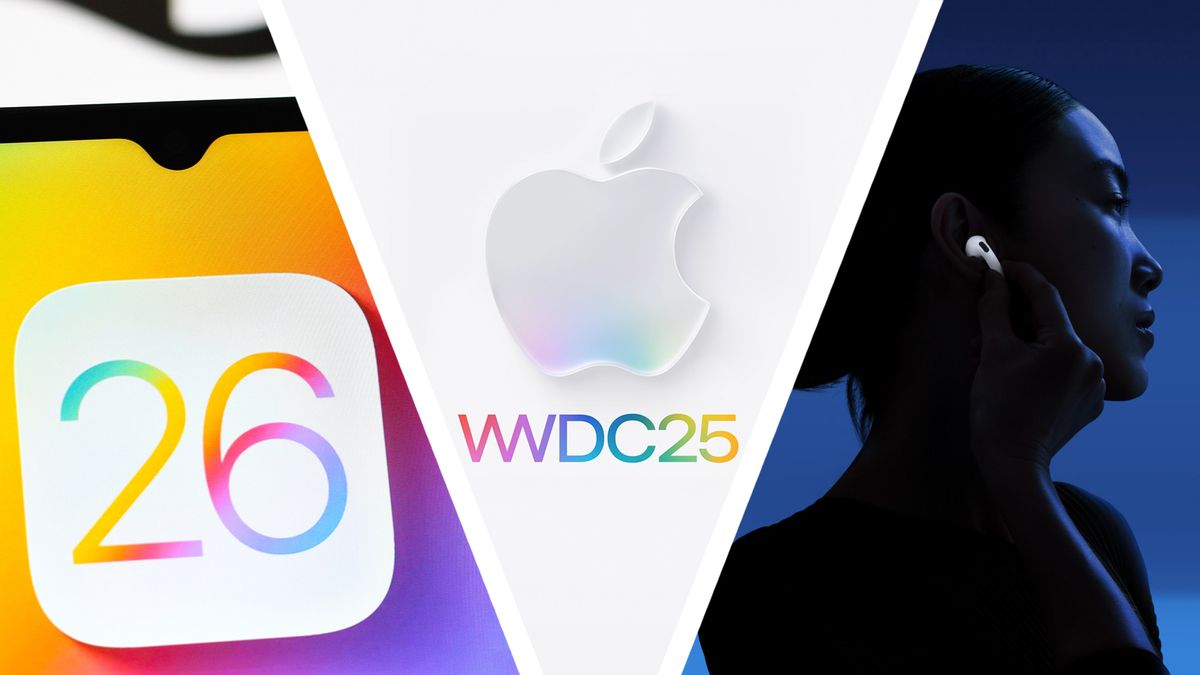Apple, which has been facing pressure to stake out its own pole position in the Big Tech artificial intelligence arms race, may not see that pressure abate anytime soon.
On Monday (June 9), the company’s much anticipated 2025 Worldwide Developers Conference (WWDC) saw the reveal of new features for Apple Intelligence, the Cupertino giant’s privacy-centric, on-device AI framework that spans iPhones, iPads, Macs and Vision Pro.
Despite the breadth of its rollout, the underlying strategy underscores a fundamental tension. Apple is betting that measured integration, meticulous design and a deep commitment to user privacy will matter more than rapid innovation in generative AI. Investors were less convinced, with the company’s stock closing down 1.2% for the day.
Apple, long known for excitement and innovation, delivered nothing particularly exciting or innovative during the first day of the WWDC.
Regarding an upgrade to the long-standing Siri AI voice assistant, Apple Senior Vice President of Software Engineering Craig Federighi said the company needed “more time to meet our high-quality bar,” The Wall Street Journal reported.
This restrained approach stands in contrast to rivals like Amazon, Google and Microsoft, which are embracing large language models and enterprise-scale AI solutions in aggressive and sometimes experimental ways.
While those companies are deploying AI agents in business software and cloud infrastructure, Apple is offering tightly integrated, narrowly scoped capabilities such as real-time voicemail transcripts, enhanced Spotlight search, call screening and translation.
The question observers may find themselves asking is whether Apple is playing a longer game or simply falling behind.
Read also: Why Generative AI Is a Bigger Threat to Apple Than Google or Amazon
Is Apple’s Conservative AI Gambit a Strategic Edge or Missed Opportunity?
Apple’s core value proposition with AI is intelligence without surveillance. Most new features announced at WWDC are processed on-device, with Apple promising that user data will never be harvested for training purposes. In an era of heightened regulatory scrutiny and consumer distrust, this stance resonates.
However, the limitations are equally apparent. On-device models are necessarily smaller and less powerful than the sprawling models hosted in the cloud. This design choice limits the sophistication of Apple’s offerings, particularly for enterprise use cases that may require deeper contextual reasoning, custom training and real-time collaboration across users and systems.
Apple’s Foundation Models Framework, introduced at WWDC, is a step toward opening its AI infrastructure to third-party developers. However, for developers building serious enterprise applications — from legal document review to customer support automation — Apple’s AI stack may be insufficient, The Wall Street Journal reported.
In the context of the broader AI economy, Apple risks strategic drift. Most enterprise AI innovation is happening in the cloud, powered by APIs and platforms that allow fine-tuning, multi-modal inputs and integration with vast data sets. Apple’s refusal to enter this space leaves it reliant on consumer hardware cycles and developer goodwill — both of which may wane as competitors offer richer, more adaptable platforms.
See also: Apple Faces Mounting Challenges as Stock Slumps
Apple’s Long Game Isn’t Paying Off in the Short Term
PYMNTS CEO and connected economy expert Karen Webster was among the first to highlight these challenges in a May 2023 piece just as AI was beginning to scale.
“Cupertino’s stance on privacy and user data, and its closed ecosystem, may have Apple winning the hearts and minds of consumers but losing the generative AI war, despite having a 58% share of the U.S. smartphone market to Android’s 42%,” Webster wrote. “Unless something changes, Apple may end up playing the role of smartphone, mobile OS and App Store, just like it does today — with an App Store that comes chock-full of everyone else’s GPT app innovations.”
Apple attempted to deflect some criticism with a redesign of its software ecosystem. Dubbed Liquid Glass, the new user interface across iOS, iPadOS and macOS features translucent, layered interfaces meant to evoke the coming of a “Glasswing” iPhone in 2027, Bloomberg reported.
These visual updates underscore Apple’s traditional strength in design rather than transformative AI innovation.
However, AI is just one of several concerns. The company also faces tariffs that threaten its hardware profit margins. President Donald Trump is also pressuring Apple to alter its overseas production model — a supply chain strategy the company has employed for decades.
Meanwhile, the company’s services division, which drives gross profit margins of 74%, is facing legal scrutiny. Questions surround App Store fees and payments Apple gets from Google for being its default search engine.
For all PYMNTS AI coverage, subscribe to the daily AI Newsletter.









 English (US) ·
English (US) ·